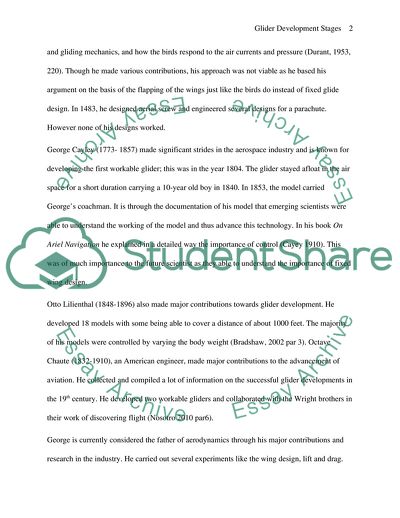Cite this document
(The Advancements in Glider Design Research Paper, n.d.)
The Advancements in Glider Design Research Paper. Retrieved from https://studentshare.org/design-technology/1741022-the-advancements-in-glider-design-from-the-early-attempts-by-george-cayley-in-1804-to-present-day-and-to-possible-future-developments
The Advancements in Glider Design Research Paper. Retrieved from https://studentshare.org/design-technology/1741022-the-advancements-in-glider-design-from-the-early-attempts-by-george-cayley-in-1804-to-present-day-and-to-possible-future-developments
(The Advancements in Glider Design Research Paper)
The Advancements in Glider Design Research Paper. https://studentshare.org/design-technology/1741022-the-advancements-in-glider-design-from-the-early-attempts-by-george-cayley-in-1804-to-present-day-and-to-possible-future-developments.
The Advancements in Glider Design Research Paper. https://studentshare.org/design-technology/1741022-the-advancements-in-glider-design-from-the-early-attempts-by-george-cayley-in-1804-to-present-day-and-to-possible-future-developments.
“The Advancements in Glider Design Research Paper”. https://studentshare.org/design-technology/1741022-the-advancements-in-glider-design-from-the-early-attempts-by-george-cayley-in-1804-to-present-day-and-to-possible-future-developments.


